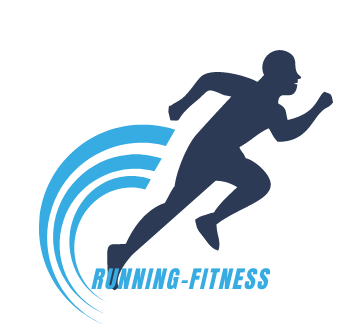A half marathon is running a distance of 13.1 miles which is exactly half of a marathon. A half marathon is convenient and more popular as many adults cannot maintain and achieve a goal of a full marathon. The half marathon is easier to achieve and a doable task for non-athletes. Proper planning is required to achieve the milestone of running 13.1 miles.
Train for 12 weeks:
To run a half marathon, make a plan of almost 112 weeks of training to achieve the goal of a half marathon.
Try to run 25-45 miles per week in the first week. It will make your mind to muscle connections and prepare your body to run long distances.
Prepare to run 45 miles per week to build muscles and stamina in the second week.
In the third week, try to build some pace with short sprints and a long run of 10 miles.
The fourth and fifth week is to run 5k and run at the race pace. The pace should be the same as you are supposed to run on the marathon day.
The sixth and seventh week is for 10k, and try to achieve a goal of 100 miles per week.
In the eighth and ninth week, try to run more with race pace and have some rest days to avoid injuries.
In the final three weeks, run two or three 13.1 miles at the race pace to build your stamina for the half marathon.
Here are a few tips for running a half marathon
Stretching before running a half marathon.
Before running a marathon, try to open up joints and muscles by doing dynamic stretches to prevent the joints from getting injured. Dynamic stretching increases the blood supply to muscles and joints. Dynamic stretching is a great warm-up before a race or practice session.
After the marathon, practice static stretching to avoid fatigue and injury. Static stretching recovers the worn-out muscles and strengthens the joints. Even yoga can help to improve the recovery phase.
Buy a pair of running shoes:
Running joggers is very important to running a half marathon. Shoes must be lighter in weight and with better shock-absorbing quality. The shoe sole must be soft and non-hurting to prevent any difficulty on the day of the marathon. A good pair of shoes can avoid unnecessary injuries like shin splints and bruises.
Run-on different surfaces:
The marathon race course can be different from the course in your practice session. To avoid any surprises, practice running on the different surfaces. You can try to run uphill on a mountain road and round the surface. You can practice on surfaces such as grass, sand, stone, roads, and hilly and uneven surfaces.
Work on speed:
Speed is the most crucial factor in running a half marathon. Try to work on speed in 5k and 10k, as it will boost your stamina and enables you to achieve a race pace during the marathon. During practice weeks, try to run two or three marathons at the race, as many marathoners fail to maintain speed during the marathon. The most common reason for lacking in the area of speed is to ignore the race pace; many people practice at a low or higher pace in practice sessions.
Take hydration and Sports drink seriously.
Try to use the same sports drinks and gels as you would be provided during the marathon. Try to carry your favorite nutrition fuel, but if you want to avoid carrying extra pounds, practice using the same sports drinks and gel you will be provided on the race day.
Believe in yourself:
Under confidence and overconfidence are the two leading causes of failure in a marathon. Know your strengths and weakness before the marathon day so you can overcome these qualities. Knowing your strengths will boost your confidence, and knowing your weakness will help you learn and grow better. Confidence and a positive mindset is the key to winning the marathon.


